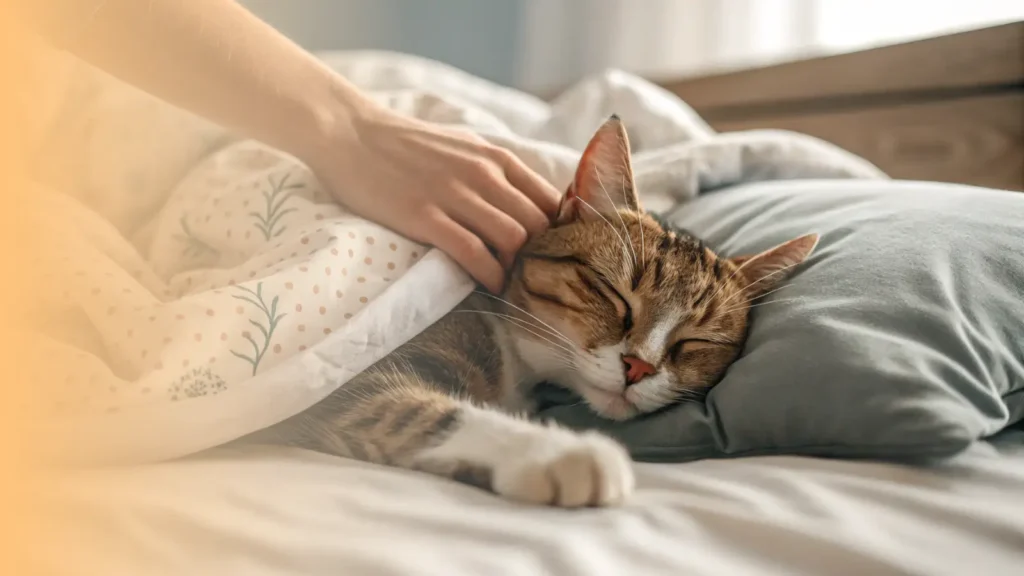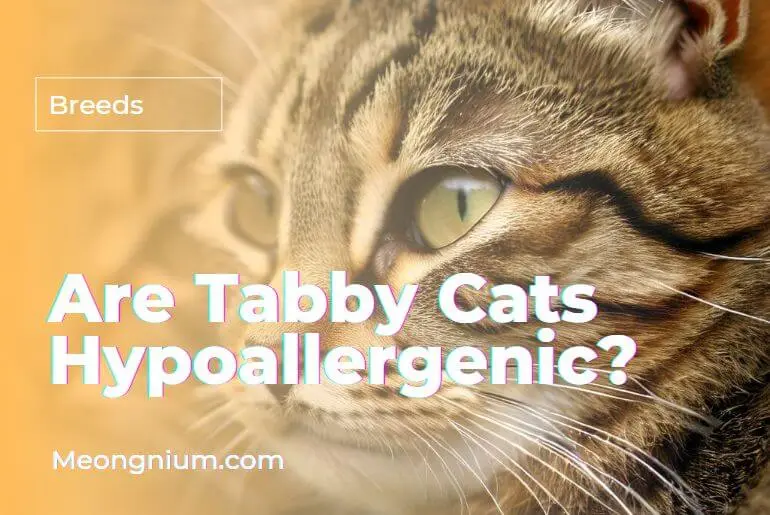Watching your beloved cat experience seizures is incredibly distressing, and when those seizures become severe or hard to manage, you might find yourself facing some truly heart-wrenching questions.
Thinking about euthanasia is a deeply personal and painful part of this journey, and it’s a decision no one ever wants to make.
Our aim here is to offer some gentle guidance on when this discussion might become necessary, always with your cat’s comfort and quality of life at the forefront.
When Seizures Profoundly Affect Your Cat’s Life
Seizures themselves are a sign of an issue with the brain’s electrical activity, but it’s often the underlying cause, the frequency of seizures, or the severity of their aftermath that heavily impacts your cat’s well-being.
If your cat’s seizures are relentless or the recovery periods are incredibly tough on them, their quality of life can sadly diminish.
1. Understanding Quality of Life
Quality of life is more than just being alive. It’s about your cat’s ability to enjoy their days, free from constant pain or distress.
Can they still eat, drink, play even a little, interact with you, and seem comfortable most of the time?
When seizures or their effects start to take these simple joys away, it’s an important time to reflect and talk with your veterinarian.
They can help you objectively assess how your cat is truly feeling.
2. When Seizures Don’t Respond to Treatment
Sometimes, despite everyone’s best efforts and trying different medications, a cat’s seizures remain difficult to control.
This is often called refractory epilepsy or drug-resistant epilepsy. When seizures continue to happen frequently or are very severe, and treatments aren’t providing enough relief, the constant stress and potential for brain injury from the seizures themselves can lead to a poor quality of life.
It’s in these challenging situations that more in-depth discussions about their well-being, including compassionate euthanasia, often become a necessary part of the conversation with your vet.
3. Severe Underlying Conditions
Many times, seizures in cats are a symptom of another serious health problem.
If your cat has been diagnosed with a severe, progressive, and untreatable condition that is causing the seizures, such as some forms of Feline Infectious Peritonitis (FIP) that affect the brain or an aggressive brain tumor, the long-term outlook can be very poor.
In these cases, managing the seizures might only be a temporary measure, and the focus may shift to preventing suffering as the underlying disease advances.
The difficult decision of euthanasia often comes into consideration when the primary illness severely impacts their quality of life, and the seizures add to that burden.
4. The Impact of Post-Seizure Recovery
The period after a seizure, known as the post-ictal phase, can be very hard for some cats.
They might experience prolonged disorientation, temporary blindness, unsteadiness, or significant behavioral changes like aggression or deep lethargy.
If these recovery periods are very long, happen frequently, or are extremely distressing for your cat, this can significantly reduce their overall happiness and comfort, even if the seizures themselves are brief.
Talking With Your Veterinarian
Making any decision about euthanasia is one of the toughest a pet parent will ever face, and it’s not a decision you should make alone. Your veterinarian is your most important partner in this.
They can help you understand your cat’s medical condition, the prognosis, and how the seizures are impacting their overall health and day-to-day experience.
1. Assessing Comfort and Happiness
Your vet can provide tools or frameworks to help you evaluate your cat’s quality of life more objectively.
This might involve looking at things like their appetite, hygiene, mobility, interest in their surroundings, and whether they seem to be in pain or distress.
2. Exploring All Options
Before considering euthanasia, your vet will ensure all reasonable treatment options have been explored.
However, they will also be honest with you about the chances of improvement and when further treatment might cause more distress than benefit.
Final Thoughts
The decision to consider euthanasia for a cat suffering from severe or uncontrollable seizures is born out of deep love and a desire to end their suffering. It’s a profound act of compassion.
Trust your heart, lean on the guidance of your trusted veterinarian, and know that focusing on your cat’s peace and comfort is always the kindest path.
Resources
- When to Euthanize a Cat with Seizures – Arrowhead Animal Hospital.
https://arrowheadvets.com/blog/when-to-euthanize-a-cat-with-seizures/ - Seizures In Cats: Quality Of Life And When To Consider Euthanasia – Paws at Peace.
https://pawsatpeace.com/seizures-cats/ - When to Euthanize a Cat with Seizures – Taconic Veterinary Center.
https://taconicvet.com/blog/when-to-euthanize-a-cat-with-seizures/ - Should You Put Down a Cat with Seizures? | Quality of Life Considerations – Lolahemp.
https://lolahemp.com/blogs/cat-health/when-to-euthanize-a-cat-with-seizures - How Do You Know When It’s Time to Euthanize Your Cat? | Paws Into Grace.
https://pawsintograce.com/how-do-you-know-when-its-time-to-euthanize-your-cat/







